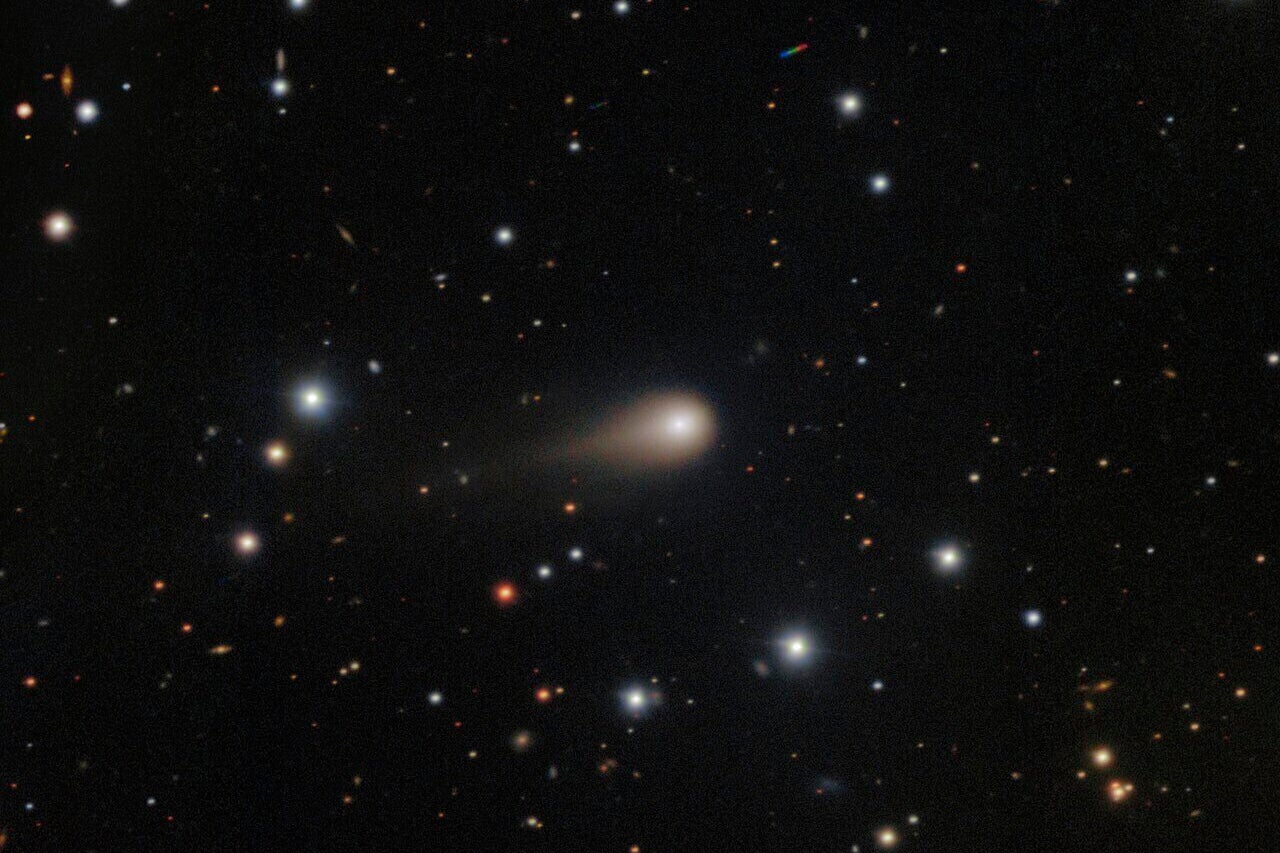Your support helps us to tell the story
From reproductive rights to climate change to Big Tech, The Independent is on the ground when the story is developing. Whether it’s investigating the financials of Elon Musk’s pro-Trump PAC or producing our latest documentary, ‘The A Word’, which shines a light on the American women fighting for reproductive rights, we know how important it is to parse out the facts from the messaging.
At such a critical moment in US history, we need reporters on the ground. Your donation allows us to keep sending journalists to speak to both sides of the story.
The Independent is trusted by Americans across the entire political spectrum. And unlike many other quality news outlets, we choose not to lock Americans out of our reporting and analysis with paywalls. We believe quality journalism should be available to everyone, paid for by those who can afford it.
Your support makes all the difference.Read more
A rare visitor from beyond our solar system, comet 3I/Atlas, is poised to make a dramatic close approach to Mars this Friday, as a fleet of spacecraft trains its sights on the interstellar visitor.
The interstellar object will hurtle within 18 million miles (29 million kilometres) of the Red Planet, marking its nearest pass during its journey through the inner solar system at a staggering speed of 193,000 mph (310,000 kph).
Both of the European Space Agency‘s satellites orbiting Mars have already begun training their cameras on the comet, which is only the third interstellar object known to have traversed our cosmic neighbourhood.
NASA‘s satellites and rovers stationed on Mars are also prepared to contribute to the extensive observations.
Discovered in July, the comet poses no threat to Earth or its planetary neighbours. It is expected to reach its closest point to the sun by the end of October.
Throughout November, the ESA’s Juice spacecraft, currently en route to Jupiter and its icy moons, will continue to monitor the comet.
 This image composed from multiple exposures and provided by NSF’s NOIRLab shows a comet streaking across a star field above the International Gemini Observatory on Cerro Pachon, near La Serena, Chile (NSF’s NoirLab via AP)
This image composed from multiple exposures and provided by NSF’s NOIRLab shows a comet streaking across a star field above the International Gemini Observatory on Cerro Pachon, near La Serena, Chile (NSF’s NoirLab via AP)
Its closest approach to Earth will occur in December, passing at a distance of 167 million miles (269 million kilometres).
Observations by the Hubble Space Telescope suggest the comet’s nucleus measures no more than 3.5 miles (5.6 kilometres) across, with NASA indicating it could be as small as 1,444 feet (440 metres).

